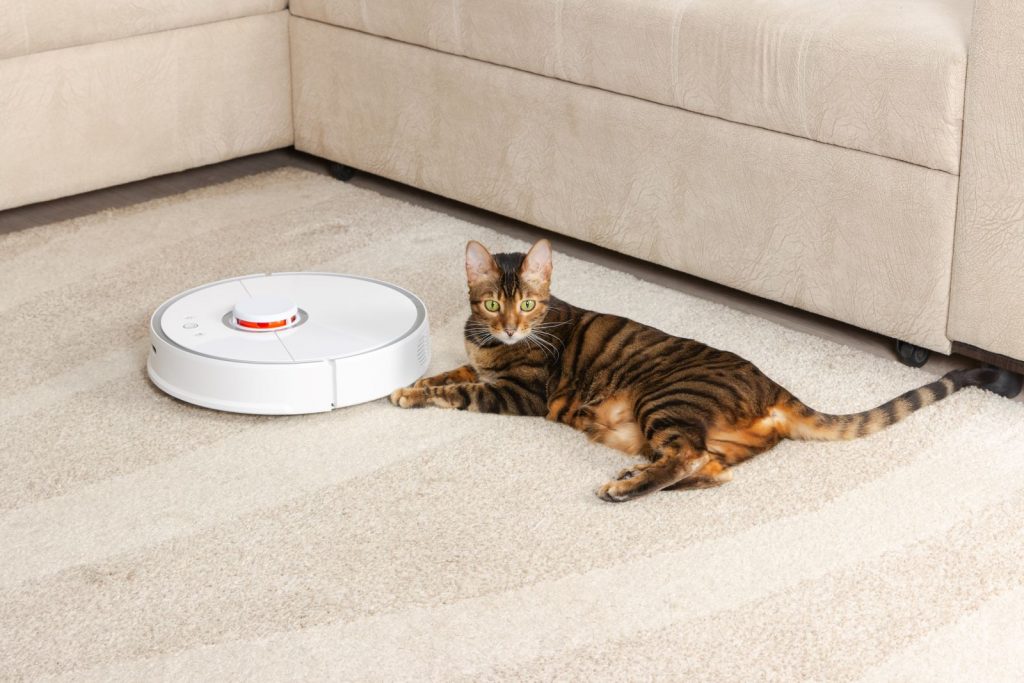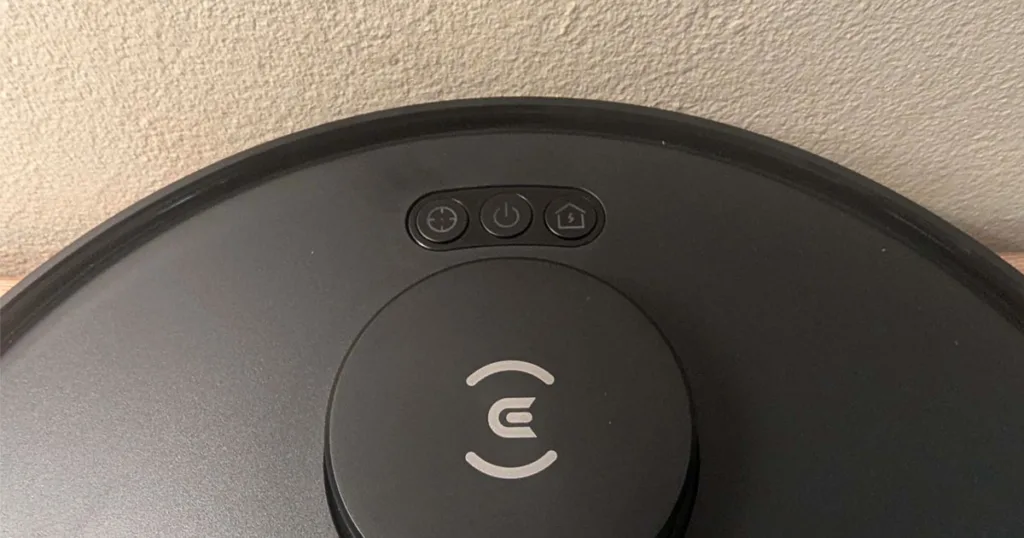When it comes to heat styling, hair health should always be at the forefront of your decision making. This isn't the early 2000s, we know better now!
There are a bunch of different elements to look at when it comes to prioritising hair health with hair dryers, but the most important part will always be heat. Hair can begin to damage at as low as 60°C with more substantial damage coming in at around the 140°C mark. Once again this will vary depending on hair types, but these are good figured to keep in mind.
High end hair dryers will give you air temperature across each setting while with the cheaper devices you get left in the dark. If you can swing it, opt for a dryer that actually tells you the temperature on the box but if that isn't in your budget then look for devices with comparitively lower wattage. It won't be exact, but you'll get a good indication from that. If you're looking for the mac-daddy of hair dryers like the Dyson Nural, you may just snag some intelligent heat features along with it but these are few and far between.
You'll also want to look for good airflow directionality. As pointed out above, fast airflow can be of great benefit but if it isn't harnessed properly then it can work against you. Look out for reviews that mention how concentrated the airflow is, or even better, test it before you buy. A simple way to check airflow concentration is to grab a good chunk of hair and position the dryer to blow down the strands. Look at how your hair responds; does it all head in the same direction or do some fly off to the side? The less chaotic the flow, the smoother the results.
Accessories like diffusers and concentrators can help the airflow work better for your hair type. Most hair dryers come with at least these two included in the pack, but some also come with flyaway tools and round brushes.
Finally, make sure your dryer uses ceramic heating elements, and ideally has ionic features too. These help to tame flyaways and static, while also adding an additional layer of protection between the heating element and the hair.







